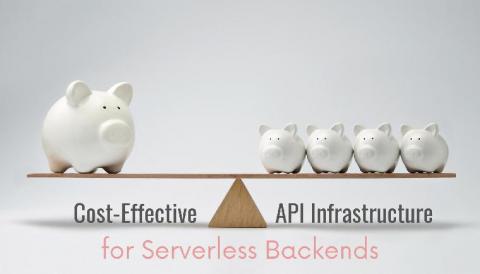Roadmap to Backend Developer on Cost Effective API Serverless Infrastructures
AWS API Gateway is a great service but can be quite expensive, and even cost-prohibitive in some cases. An Application Load Balancer is a viable alternative since it integrates seamlessly with Lambda functions and is also highly scalable and reliable. For very small traffic, API Gateway will probably be the winner, but in high-throughput cases, ALB is capable of providing up to 90% savings.











